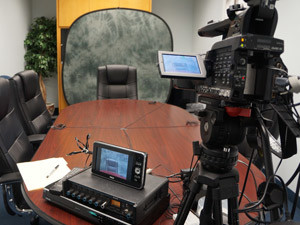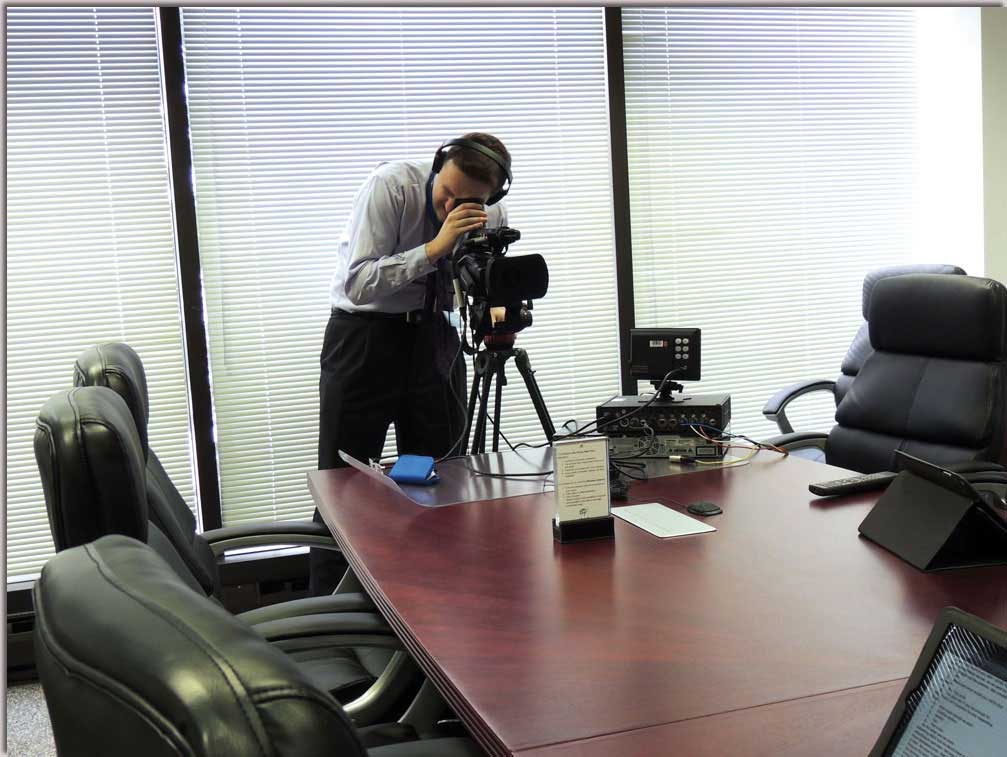How Legal Videography Helps in Preserving Vital Evidence for Litigation
How Legal Videography Helps in Preserving Vital Evidence for Litigation
Blog Article
Why Lawful Videography Is Important for Accurate Court Recordings
The function of legal videography in court settings can not be overemphasized, as it offers as a necessary device for protecting the honesty of court records. The implications of incorporating legal videography right into standard court room methods increase vital concerns regarding its broader influence on the lawful system.
Relevance of Visual Proof
In the world of lawful proceedings, the importance of visual proof can not be overemphasized. Aesthetic evidence acts as an effective tool in developing facts, affirming testaments, and boosting the general quality of a situation. This kind of proof, which consists of pictures, videos, and representations, can provide a concrete context that spoken summaries commonly lack, thus using courts and judges a more clear understanding of the conditions surrounding a case.
In addition, visual proof help in the retention of details. Human cognition is inherently aesthetic, and people are most likely to keep in mind and comprehend info presented in an aesthetic style. In the court, this can be important, as compelling aesthetic evidence can persuade viewpoints and strengthen the narrative provided by legal agents.
Furthermore, making use of aesthetic proof can decrease misconceptions and uncertainties that often arise from spoken exchanges. By providing a direct representation of occasions, visual evidence aids to eliminate subjective analyses and fosters an extra objective exam of the facts. As a result, the assimilation of visual evidence into legal proceedings not only strengthens the integrity of the judicial process but also improves the chance of achieving a simply outcome.
Capturing Non-Verbal Cues
Using sophisticated videography techniques can significantly enhance the capture of non-verbal cues during legal process. Non-verbal communication, consisting of faces, body language, and eye call, plays a critical duty in sharing feelings and objectives that may not be clearly specified in verbal testament. legal videography. Lawful videography employs high-def electronic cameras and calculated angles to ensure that these refined cues are videotaped with clarity and precision
The ability to assess non-verbal habits can offer useful context to statements made throughout court sessions. A witness's unwillingness or self-confidence can be translated via their position or motions, possibly influencing the court's assumption of credibility. Additionally, making use of close-up shots can help concentrate on an audio speaker's expressions, enabling an extra nuanced understanding of the statement.
Moreover, incorporating several cam angles can produce a detailed sight of communications, highlighting dynamics in between events entailed. This multifaceted strategy not only improves the precision of the court record however additionally help in maintaining the integrity of the judicial process - legal videography. Inevitably, recording non-verbal cues with lawful videography promotes a richer, much more full depiction of courtroom process

Enhancing Statement Integrity
The dependability of statement can be substantially reinforced through my explanation using premium lawful videography. Video clip recordings work as an objective medium that catches not just the spoken words of witnesses but also the subtleties of their distribution, consisting of tone, pacing, and emotional expressiveness. This multifaceted documents supplies a clearer understanding of the witness's integrity and purposes, which can be essential in legal process.
Moreover, legal videography decreases the potential for misinterpretations that might occur from composed records alone. When jurors can observe a witness's temperament and body language together with their testimony, they are much better equipped to analyze the credibility and reliability of the evidence provided. This visual context can strengthen the testimonial story, making it extra engaging and trustworthy.
Furthermore, the pop over here presence of a video recording can hinder possible disparities in testament. Witnesses might be more cautious in their statements when they understand they are being taped, leading to more precise and sincere accounts. In general, high-quality lawful videography improves the honesty of testimony, making certain that the court has accessibility to a full and genuine representation of the truths as conveyed by the witnesses.
Sustaining Appeals and Reviews
Lawful videography plays an important duty in sustaining appeals and testimonials by offering an extensive aesthetic record of courtroom procedures. This aesthetic paperwork records not only the talked words of witnesses and lawyers but additionally the subtleties of body language, intonation, and courtroom characteristics. Such aspects Visit This Link can be critical in comprehending the context of testaments and arguments offered.
In the appellate process, where the focus gets on errors of legislation and procedural justness, a video clip record can work as a vital tool for appellate courts. It allows judges to review the original trial context, guaranteeing that decisions are based on a complete understanding of the proceedings. The capability to visually analyze the attitude of witnesses or the interactions in between parties can expose insights that created transcripts might neglect.

In addition, legal videography can help in making clear uncertainties in testimonies or procedural judgments, therefore reinforcing the basis for an appeal. By using a trustworthy, objective account of what transpired in court, legal videography not only supports the honesty of the legal process yet additionally empowers all events included to make informed decisions concerning their cases.
Enhancing Court Room Procedures
Enhancing courtroom performance, lawful videography enhances processes by giving immediate accessibility to aesthetic records of procedures. This innovation permits judges, lawyers, and courts to revisit critical statement and proof, making certain that all celebrations have a clear understanding of the case. By recording the subtleties of verbal and non-verbal interaction, videography improves the document, making it simpler to realize the context and weight of statements.

Additionally, video clip recordings can help with remote engagement in hearings, permitting higher flexibility in scheduling and involvement, which is especially useful in complicated cases involving numerous stakeholders.
Conclusion
Finally, legal videography plays an essential function in making sure exact court recordings by giving crucial visual evidence that records both spoken and non-verbal communication. This method enhances the integrity of testimonies, supports appellate evaluations, and simplifies courtroom processes. By fostering a thorough understanding of courtroom characteristics, legal videography inevitably adds to extra equitable judicial results, enhancing the integrity of the legal system and assisting in notified decision-making.
Report this page